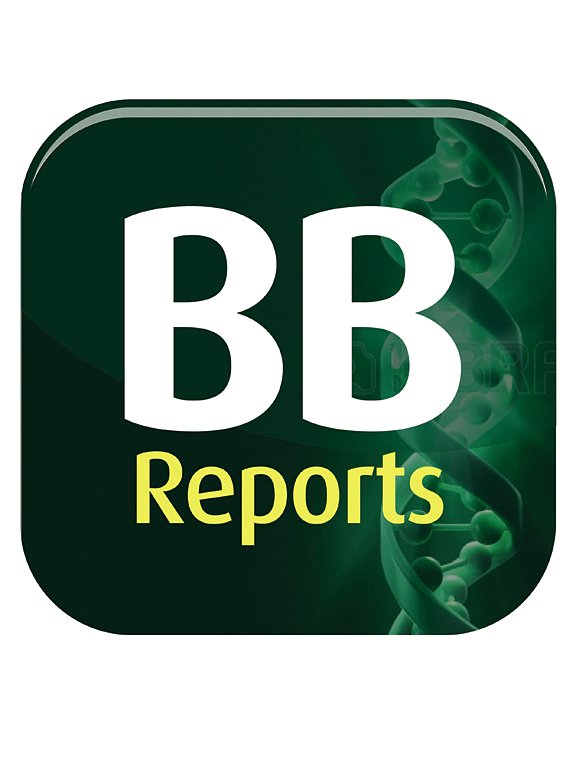Identification of hub genes, non-coding RNAs and pathways in Renal cell carcinoma (RCC): A comprehensive in silico study
IF 2.3
Q3 BIOCHEMISTRY & MOLECULAR BIOLOGY
引用次数: 0
Abstract
Backgrounds
Renal cell carcinoma (RCC) is the most common type of kidney cancer in adults. RCC begins in the renal tubule epithelial cells, essential for blood filtration and urine production.
Methods
In this study, we aim to uncover the molecular mechanisms underlying kidney renal clear cell carcinoma (KIRC) by analyzing various non-coding RNAs (ncRNAs) and protein-coding genes involved in the disease. Using high-throughput sequencing datasets from the Gene Expression Omnibus (GEO), we identified differentially expressed mRNAs (DEMs), miRNAs (DEMIs), and circRNAs (DECs) in KIRC samples compared to normal kidney tissues. Our approach combined differential expression analysis, functional enrichment through Gene Ontology (GO) and KEGG pathway mapping, and a Protein-Protein Interaction (PPI) network to identify crucial hub genes in KIRC progression.
Results
Key findings include the identification of hub genes such as EGFR, FN1, IL6, and ITGAM, which were closely associated with immune responses, cell signaling, and metabolic dysregulation in KIRC. Further analysis indicated that these genes could be potential biomarkers for prognosis and therapeutic targets. We constructed a competitive endogenous RNA (ceRNA) network involving lncRNAs, circRNAs, and miRNAs, suggesting complex regulatory interactions that drive KIRC pathogenesis.
Additionally, the study examined drug sensitivity associated with the expression of hub genes, revealing the potential for personalized treatments. Immune cell infiltration patterns showed significant correlations with hub gene expression, highlighting the importance of immune modulation in KIRC.
Conclusion
This research provides a foundation for developing targeted therapies and diagnostic biomarkers for KIRC while underscoring the need for experimental validation to confirm these bioinformatics insights.
求助全文
约1分钟内获得全文
求助全文
来源期刊

Biochemistry and Biophysics Reports
Biochemistry, Genetics and Molecular Biology-Biophysics
CiteScore
4.60
自引率
0.00%
发文量
191
审稿时长
59 days
期刊介绍:
Open access, online only, peer-reviewed international journal in the Life Sciences, established in 2014 Biochemistry and Biophysics Reports (BB Reports) publishes original research in all aspects of Biochemistry, Biophysics and related areas like Molecular and Cell Biology. BB Reports welcomes solid though more preliminary, descriptive and small scale results if they have the potential to stimulate and/or contribute to future research, leading to new insights or hypothesis. Primary criteria for acceptance is that the work is original, scientifically and technically sound and provides valuable knowledge to life sciences research. We strongly believe all results deserve to be published and documented for the advancement of science. BB Reports specifically appreciates receiving reports on: Negative results, Replication studies, Reanalysis of previous datasets.
 求助内容:
求助内容: 应助结果提醒方式:
应助结果提醒方式:


